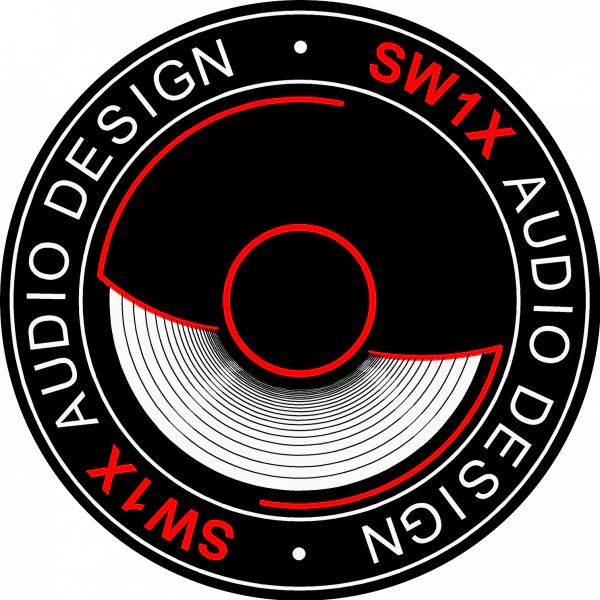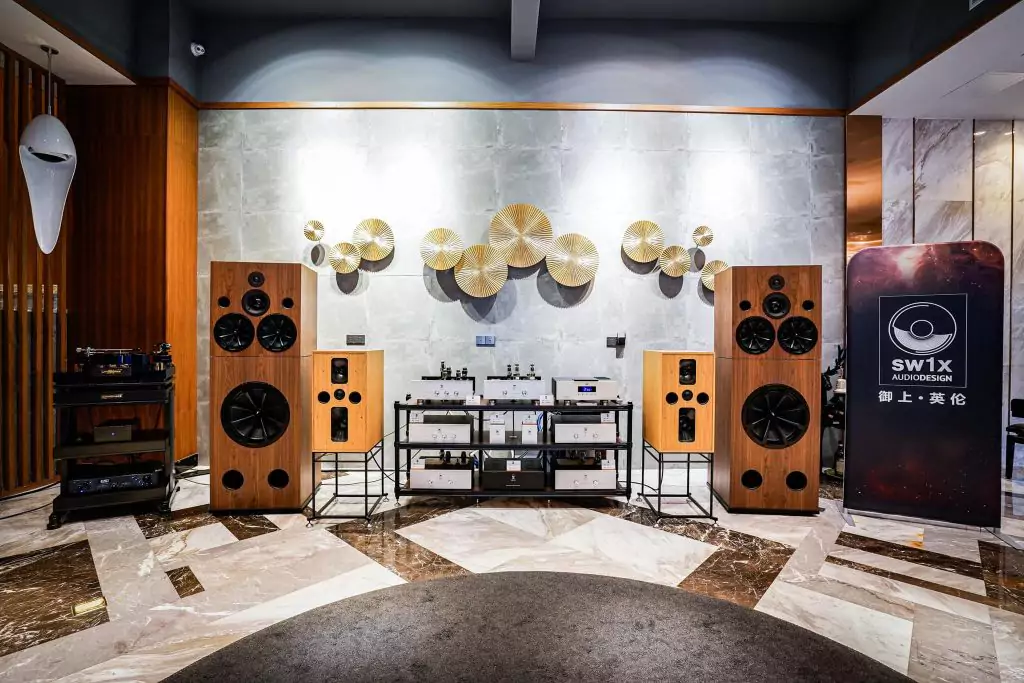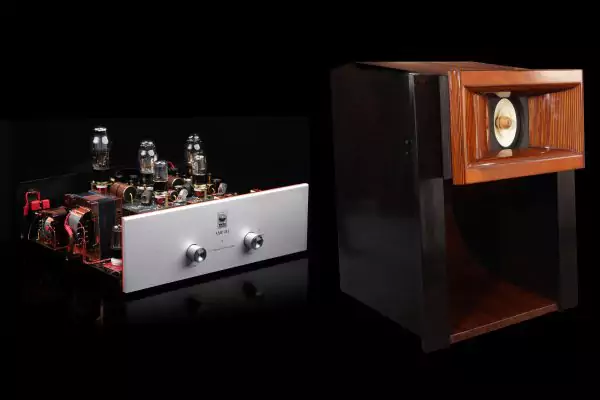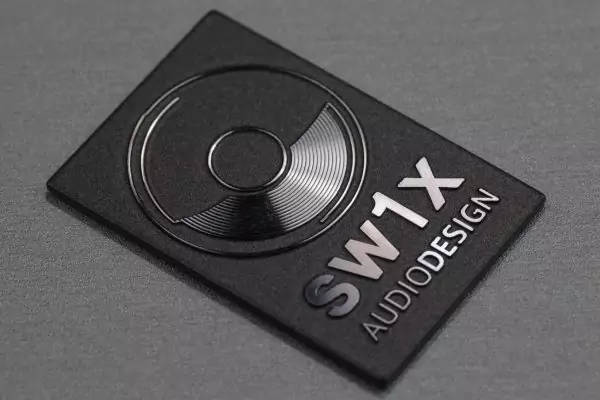Evaluating Audio System – Critique of ‘Comparison by Contrast’ Approach
There are several ways how to evaluate the performance of an audio system. One may employ reference recordings or employ a comparison-by-contrast approach to judge the quality of an audio system. The latter approach suggests that a better system is one that can differentiate recordings more effectively than another. If one recording has more nuances than another, then theoretically, the system that reveals more details is considered superior. It is a system that provides more contrast, allowing listeners to hear the differences between different recordings, analog and digital formats, etc. However, this perspective does not necessarily address a system’s ability to display and playback music effectively. Music playback is more than just reproducing sounds with nuances and that’s where our definition of Dynamic Resolution comes in.
Dynamic resolution refers to a system’s ability to portray and reveal the dynamic contrasts in a recording. This is crucial for musicality – that’s where we start nodding to music because the sounds arrive at the right time and they stop at the right time, so everything is defined clearly in terms of timing. The dynamic revelation of low-level musical information is even more important than simply identifying differences between recordings. Differences in recordings does not tell us anything about dynamic ability of the system.
When we become obsessed with audio fidelity, our system tends to transition from a music playback system to a studio monitoring system. Such a system also increases all the imperfections of a recording, reveals more noise and artifacts which are part of a recording or are added from the rest of a system. Since information and noise are part of the same coin, we end up listening more to the noise that is being revealed. Whether revealing more noise is a desirable feature is something to question. If it is part of the recording, then the system is accurately reproducing it, but if it is not part of the recording, then it is an addition by the system itself. In that case, is this a desirable feature? If you hear the noise of the microphone, a touch, or a crack, how does this contribute to musical enjoyment?
Take an analog recording—it has, by definition, unlimited resolution and the most information. However, it also contains whatever noise was recorded along with it or was later added by the playback system. Those who seek to maximize resolution often turn to formats like DSD, but DSD will not save the experience; it only adds more noise. The same applies to high-resolution formats—more noise is not necessarily more information. The solution is to abandon this pursuit and return to analog playback. Though less convenient, it aligns with what people have been searching for. Some audiophiles abandon digital altogether, arguing that the highest resolution can only be obtained through analog. Others become obsessed with resolution, while another group fixates on minimizing noise floor. However, reducing noise to the lowest possible level does not automatically enhance a system’s ability to convey low-level musical information. You can minimize noise as much as you want, but it will not necessarily improve the musical experience.
People often blame everything on the recording, saying it is compressed or of poor quality. A system that differentiates between good and bad recordings is a good starting point, but if a system cannot make a less well-recorded track enjoyable, something is wrong with that system. The better system is not the one that simply differentiates between better and worse recordings; it is the one that allows all recordings, even the poorly recorded ones, to be musically enjoyable. A great audio system should be able to portray dynamic contrasts and make music engaging, rather than just exposing the flaws in the recording. The ability of dynamic resolution is a far more important aspect than simply portraying differences between recordings and the corresponding noise floor.
Music lovers can become trapped in the obsessive cycle of being audiophiles, endlessly chasing better sound without ever finding satisfaction. A music lover listens to music, while an audiophile listens to their system, constantly evaluating how different recordings sound rather than appreciating the music itself. Instead of asking, “How does this sound?” the question should be, “How great can this music sound?” The goal should be to appreciate the musicality of a recording rather than analyzing its technical aspects. A great system is one that plays back music as music, with noise and additional information being secondary concerns.
We cannot improve a recording but we should not make it worse that it actually is. Therefore, a better system should be able to play back music in a more convincing fashion. The benchmark of quality for a playback of any recording is live event – not another recording or a playback in another system. Can the system provide the same musical pleasure as one would have in a live event? That is the most crucial aspect in system – that is what makes it a better system.
Slawa Roschkow, April 2025




